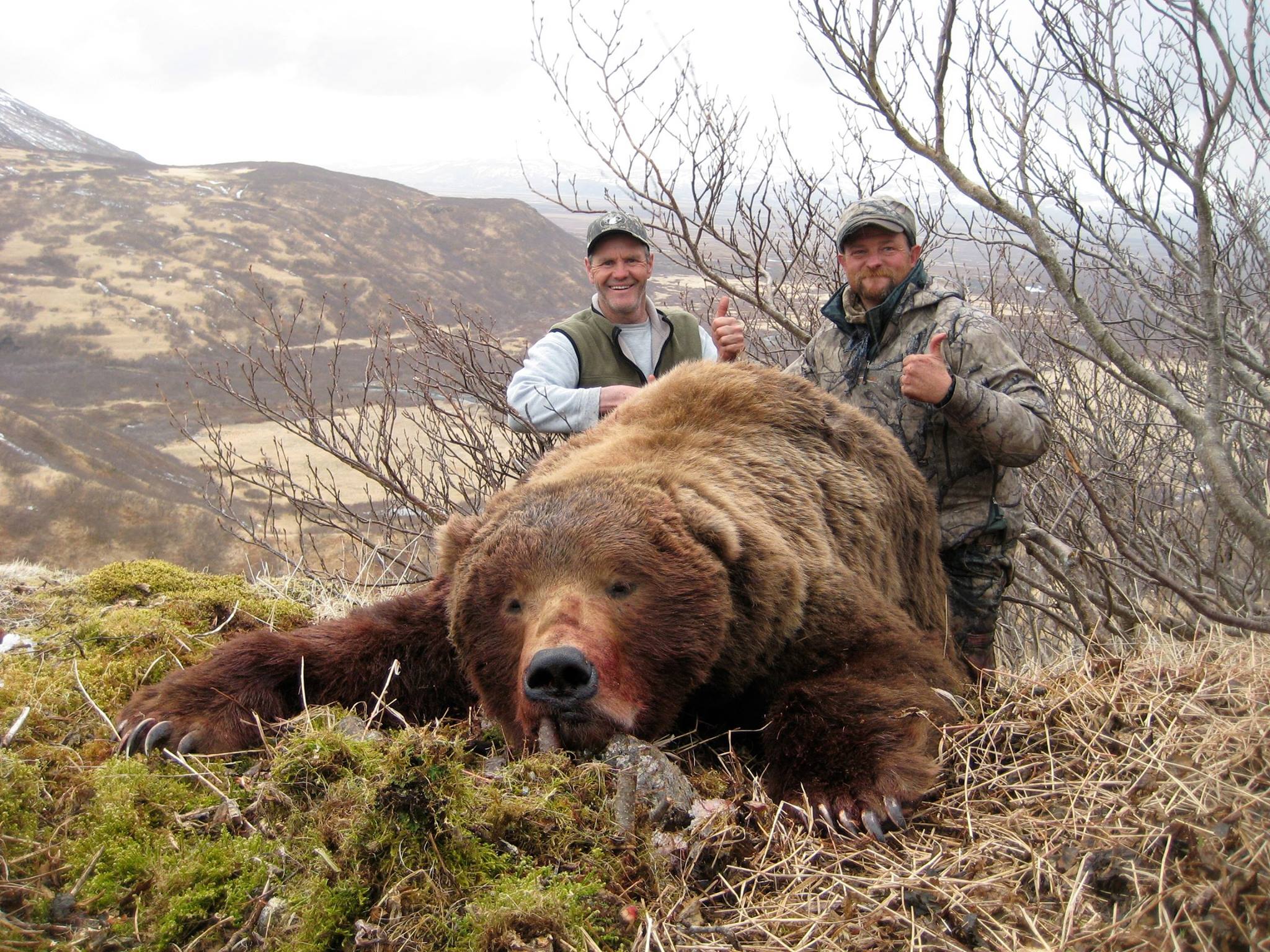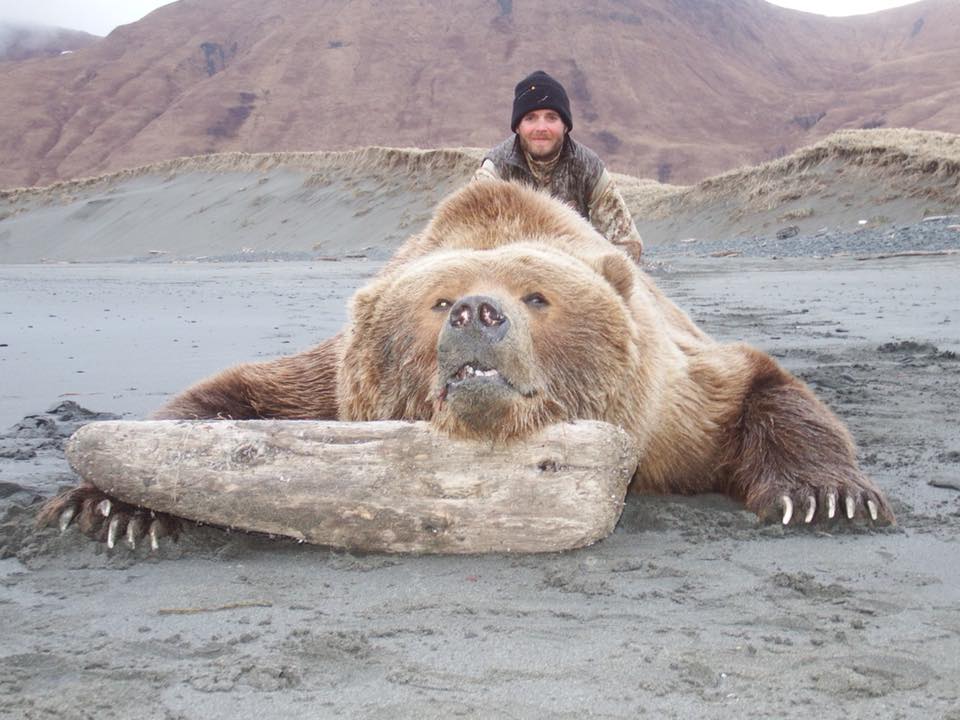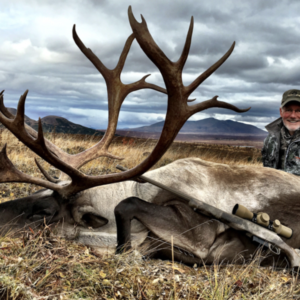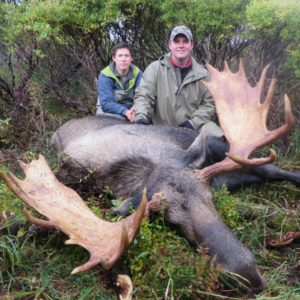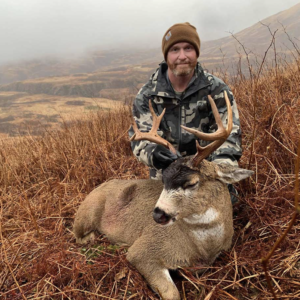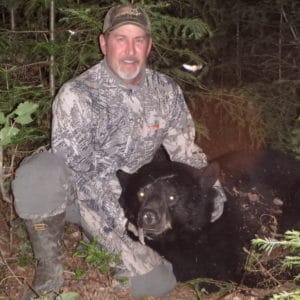Alaska Brown Bear Hunt 10652
$28,000
This Alaska Brown Bear hunt unfolds across three exclusive guide use areas: Aniakchak National Preserve, Alaska Peninsula National Wildlife Refuge, and Becharof National Wildlife Refuge. Standing as the sole outfitter permitted to guide in these areas, this outfitter limits the number of hunters, focusing on pursuing mature trophy-class bears. With most harvested bears measuring around 9 feet, the prospects of encountering 10-foot or larger specimens are promising. The Alaska Peninsula boasts some of the globe’s largest Brown Bears, thriving within remote hunting domains and supporting robust populations of these awe-inspiring creatures, elevating Brown Bear hunting to the pinnacle of North American hunting and among the world’s elite big game pursuits. Exemplifying fair chase principles, these hunts entail exclusively spot-and-stalk methods. Occurring during specific periods, the bear season spans May 10 – 31 in even-numbered springs and October 1 – 21 in odd-numbered falls, each lasting 11 days and guided by either one guide or two guides for every hunter.
The journey commences upon arrival at the main camp, where hunters are matched with a guide and often a packer, subsequently flown to comfortable spike camps. These camps ensure a cozy retreat, offering delicious meals encompassing breakfasts of eggs, oatmeal, and sausages, while dinners feature fresh salmon, moose meat, pasta, and more. Shared tents for sleeping, guide accommodations, and meal preparation complete the camp setup, providing a comfortable base for the expedition. Whether in spring or fall, the strategies shift: spring hunts focus on dens, snow tracks, and boars searching for breeding sows, benefiting from extended daylight. In contrast, fall hunts center around streams, as bears feed on salmon, roots, and berries, priming themselves for winter hibernation. Despite seasonal variations, success rates for encountering sizable bears remain consistent.
A typical day involves a hearty breakfast, followed by extended periods of glassing from high vantage points in search of bears. Patience becomes paramount during stalk planning, navigating the challenges posed by the bears’ keen senses and intelligence. Dedication and perseverance define the quest for these magnificent creatures, offering a singular experience ranking among the most coveted in the realm of hunting exploits.
Accommodations: Tent
Hunting Days: 11 Days
Trophy Class: 8′-10′ Bears
Weapon: Rifle
Style of Hunt: Spot & Stalk
Public Limited Access Land
2 on 1
Moderate Physicality
Draw Tags
